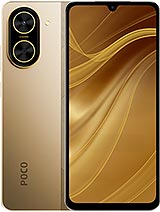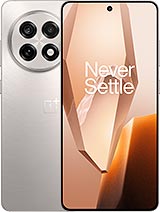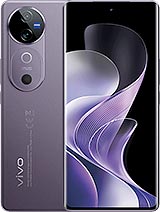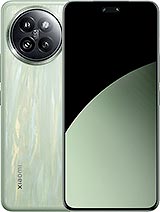Lava Yuva 4 4G alternatives
Tap above to see alternatives.
Vivo T3 Ultra alternatives
Tap above to see alternatives.
Lava Yuva 4 4G

Lava Yuva 4 4G
-
Unisoc T606
12 nm
-
5000 mAh
10W
-
6.56"
720 x 1612 pixels
-
50 MP
1080p@30fps
- Specs
Vivo T3 Ultra

Vivo T3 Ultra
-
Dimensity 9200+
4 nm
-
5500 mAh
80W
-
6.78"
1260 x 2800 pixels
-
50 MP
4K@30/60fps
- Specs
2x1.6 GHz Cortex-A75
6x1.6 GHz Cortex-A55
1x3.35 GHz Cortex-X3
3x3.0 GHz Cortex-A715
4x2.0 GHz Cortex-A510
4GB 128GB (UFS 2.2)
8GB 256GB (UFS 3.1)
12GB 256GB (UFS 3.1)
(wide), AF
VGA
Auxiliary lens
f/1.9, 24mm (wide), 1/1.56", 1.0µm, PDAF, OIS
8 MP
f/2.2, 120˚ (ultrawide), 1/4.0", 1.12µm
1080p@30fps
f/2.0, 21mm (wide), 1/2.76", 0.64µm, AF
1080p@30fps
SIM1: Nano, SIM2: Nano
SIM1: Nano, SIM2: Nano
8 5G bands
n1, n3, n5, n8, n28, n40, n77, n78
In this performance comparison, the Vivo T3 Ultra with its Mediatek Dimensity 9200+ (4nm) performs better than the Lava Yuva 4 4G with the Unisoc Unisoc T606 (12nm), thanks to superior chipset efficiency.
Vivo T3 Ultra offers 2 years of OS updates, whereas Lava Yuva 4 4G provides 1 years. For security updates, Vivo T3 Ultra offers 3 years of support compared to Lava Yuva 4 4G's 2 years.
Vivo T3 Ultra features a superior AMOLED display, while Lava Yuva 4 4G comes with an LCD panel. In terms of smoothness, Vivo T3 Ultra offers a higher 120 Hz refresh rate, ensuring fluid scrolling and animations. Both devices deliver the same brightness level at nits. Notably, Vivo T3 Ultra offers a higher screen resolution, resulting in sharper visuals and more detailed content.
Vivo T3 Ultra features a larger 5500 mAh battery, potentially delivering better battery life. Vivo T3 Ultra also supports faster wired charging at 80W, compared to 10W on Lava Yuva 4 4G.
Vivo T3 Ultra includes an IP68 rating, while Lava Yuva 4 4G lacks an official IP rating.
¹ Scores can vary even with the same chipset due to RAM, thermals, and software optimization.










